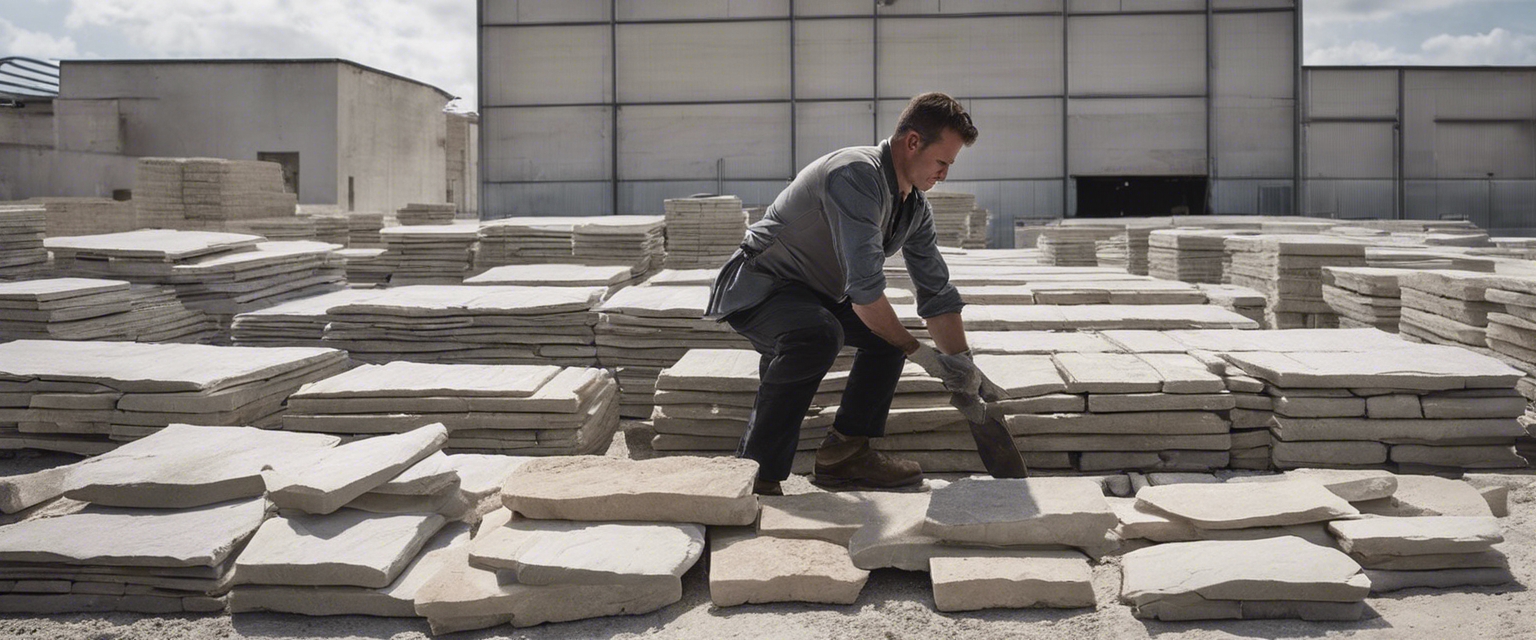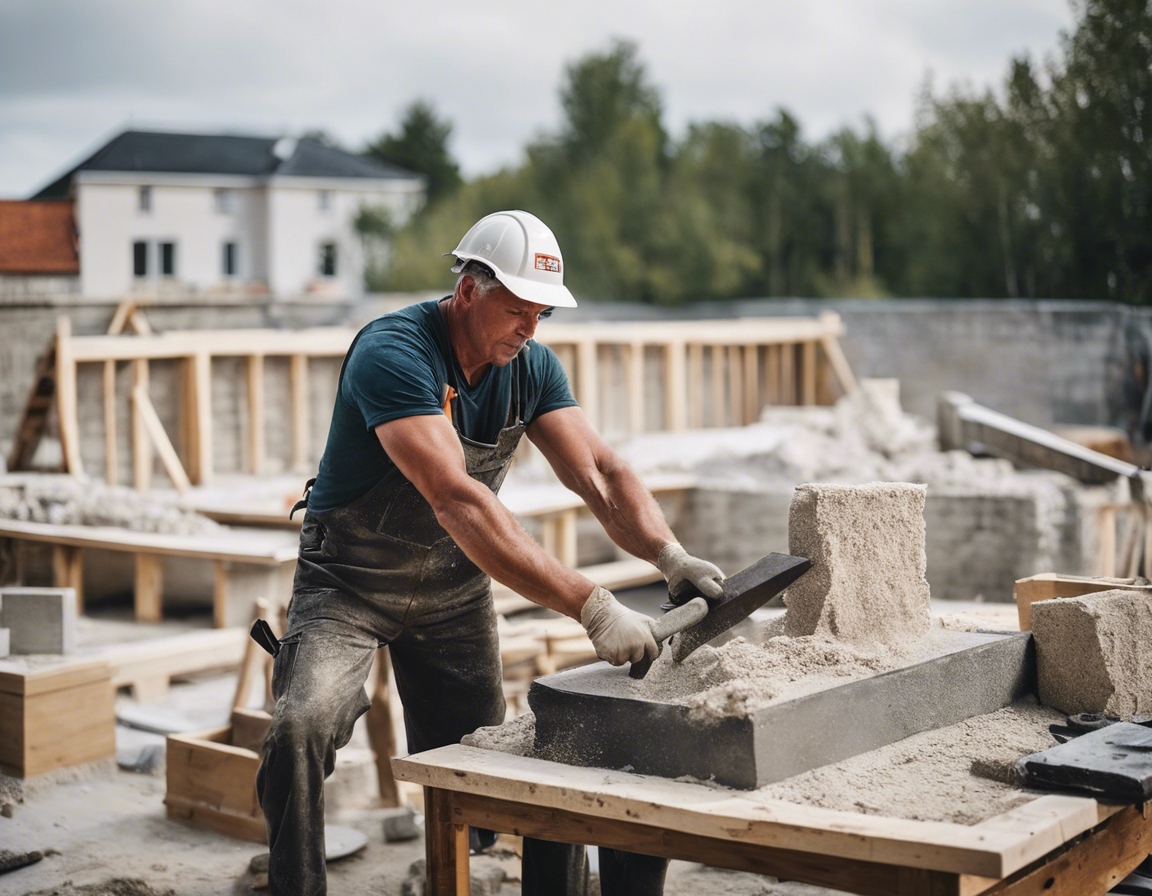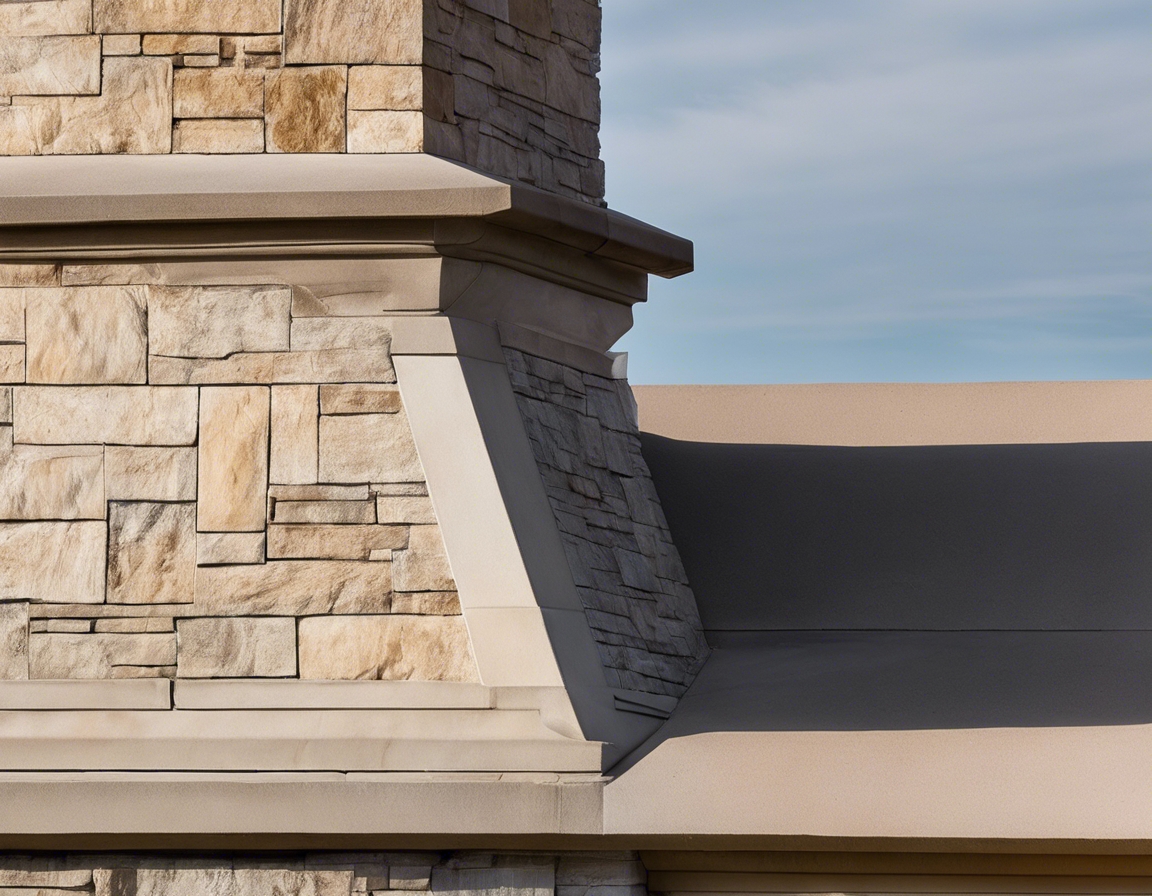Eco-friendly building: why limestone is the future
In the quest for sustainability, the choice of building materials plays a pivotal role. Sustainable materials not only reduce the environmental impact during construction but also throughout the lifecycle of the building. As the world becomes more environmentally conscious, the demand for eco-friendly building solutions is on the rise.
Eco-friendly building encompasses a broad range of practices that aim to minimize environmental impact. This includes using materials that are sustainably sourced, have low embodied energy, and are durable and recyclable.
The Case for Limestone
Limestone has been a cornerstone in construction for centuries, with its use dating back to ancient civilizations. Its durability and beauty have stood the test of time, evident in the many historic buildings that still stand today.
Limestone is not just a material of the past; it holds great potential for the future of eco-friendly building. It is abundant, naturally occurring, and can be quarried with minimal environmental disruption.
Benefits of Limestone in Modern Construction
Limestone's robust nature means it can withstand the test of time, reducing the need for replacements and repairs. This longevity is a key factor in its sustainability.
One of limestone's most notable properties is its fire resistance, making it a safe choice for construction. It can help prevent the spread of fire, contributing to the overall safety of a building.
As an excellent insulator, limestone can help maintain a building's temperature, leading to reduced energy consumption for heating and cooling.
Limestone offers a range of textures and colors, allowing for a variety of design options that can complement any architectural style.
Limestone and the Environment
Compared to other building materials, limestone has a lower carbon footprint, especially when sourced locally and used in its raw form.
Local sourcing of limestone not only reduces transportation emissions but also supports local economies and preserves cultural heritage.
Limestone's recyclability further enhances its eco-friendly credentials. At the end of a building's life, limestone can be repurposed or recycled, reducing waste.
Implementing Limestone in Construction
For optimal use of limestone in construction, it is essential to follow best practices in quarrying, processing, and building techniques.
Modern construction can benefit from the integration of traditional limestone use with contemporary building methods, creating structures that are both sustainable and innovative.
While limestone offers many advantages, there are challenges to consider, such as ensuring ethical quarrying practices and managing the material's weight and installation requirements.








Kommentaarid (0)